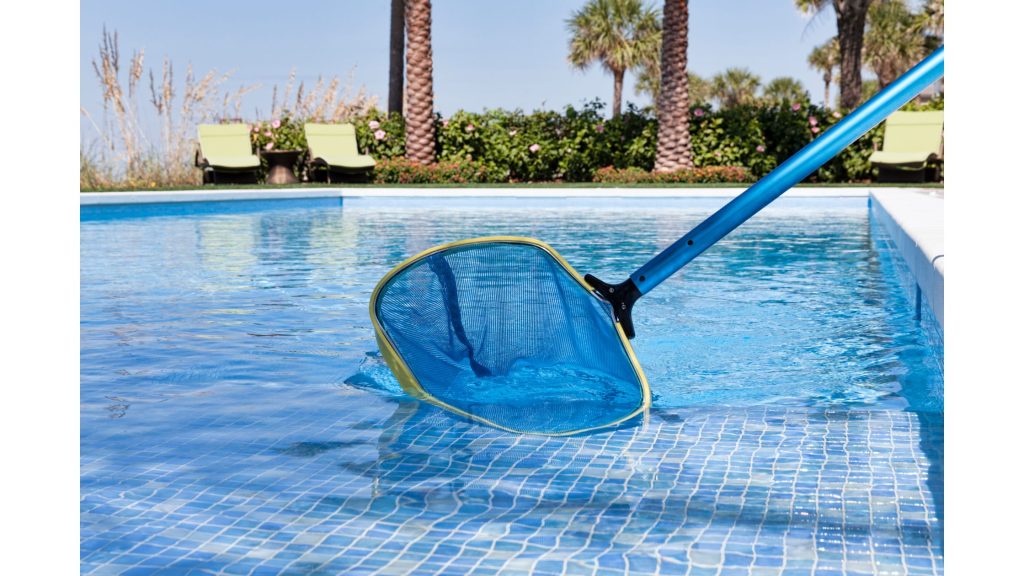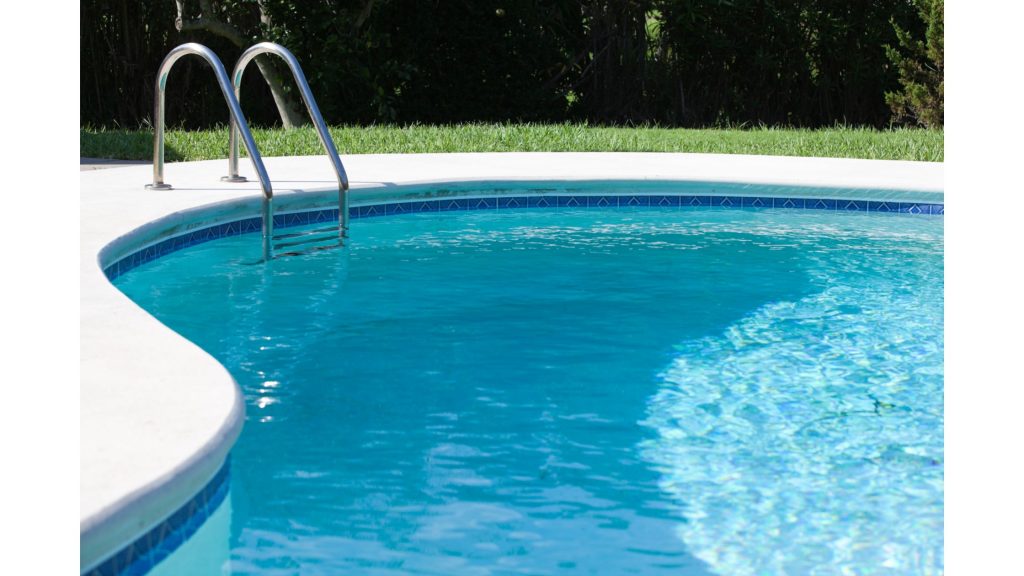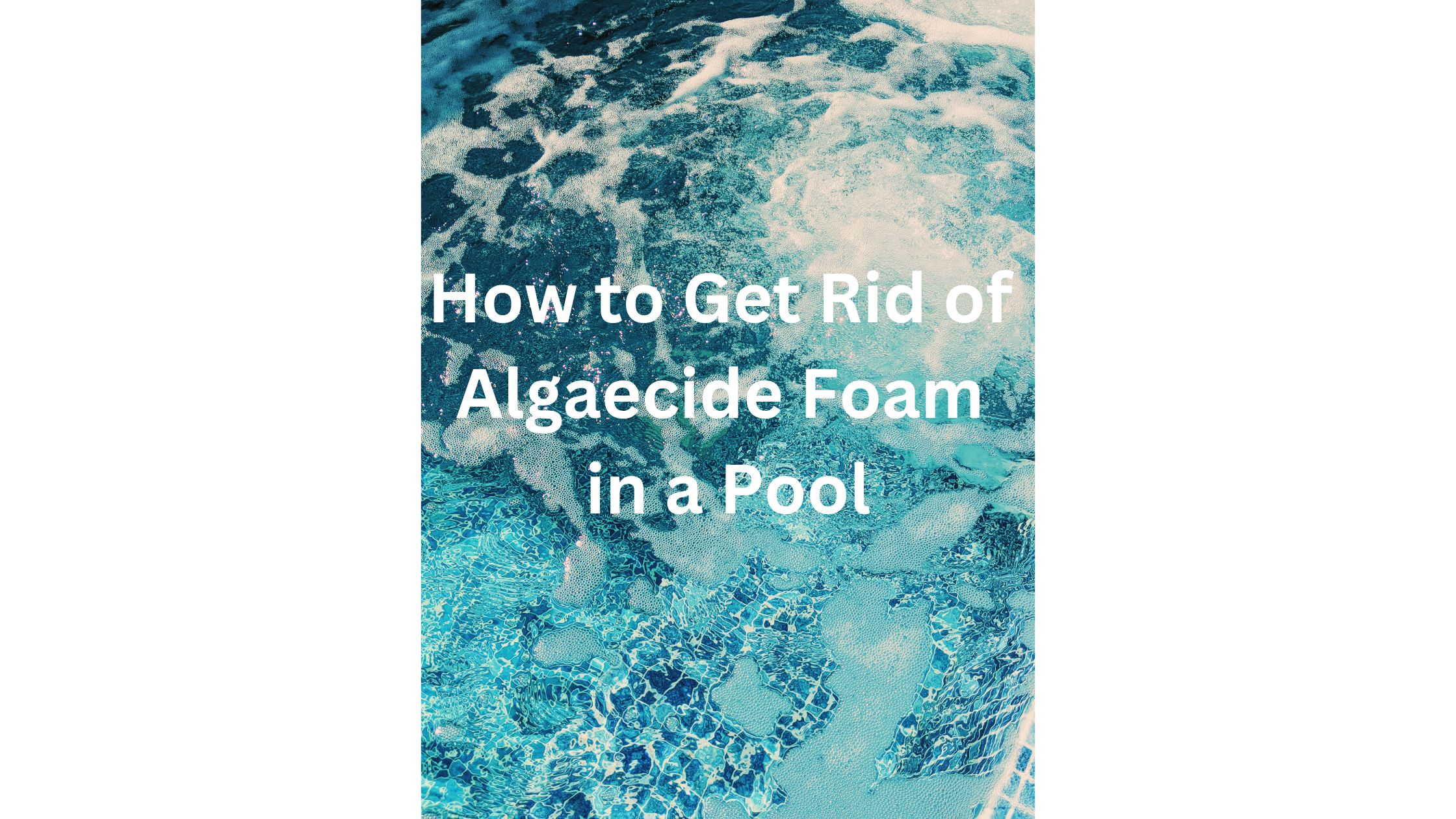How to Get Rid of Algaecide Foam in a Pool?
It is harmful for us to let foam form in the pool by applying algaecides. So it is very important for us to know how to get rid of foam in a pool.
There are various techniques using which we can get rid of algaecide foam, like- using a hand skimmer to skim the foam from the pool, using antifoam chemicals to get rid of the foam, shocking the pool with chlorine and leaving it to keep pumping until it is chemically balanced.
Let’s discuss this in detail.
Does algaecide make pool foamy?
Not all the algaecides make the pool foamy. But in some cases, it is the algaecide that is the main reason for forming foam in your pool.
It is quite astonishing that if you apply too much, even better quality copper-based and silver-based algaecides will cause foamy pool water. It is the property of the algaecide. But in some cases, ineffective algae treatments make pool foamy as well.
If you apply algaecide from the kit when there is no need, it will cause harm to the pool. It will cause the pool to be foamy. Here the algaecide will not be effective at all as there is no algae to kill. They make the surfactants work. It leads to the components to react to whisking to eventually cause froth.
How to get rid of foam in the pool after algaecide?
There are many ways to get rid of algaecide foam, one different from another. But the main motive of all the activities is get rid of the foamy pool after algaecide. Some of them are discussed below.
Skimming the pool:

It is very common nowadays to use a hand skimmer to skim all the foam from your pool. It clears most of the foam. If the algaecide you are using is chemically balanced, then the rest of the foam will clear up very soon.
If you want to know about this in detail, you must know how to install a skimmer in above ground pool.
Using antifoams:
You can use antifoam chemicals in this regard. They work here very efficiently and it would help a lot if we use it accordingly to get rid of the pool foam after algaecide.
Applying shock:
You can shock the pool with chlorine and then leave it pumping till the foam fades. But the pool should be chemically balanced and you must know how to shock a pool with chlorine tablets.
These are some ways to get rid of a foamy pool after applying algaecide.
Which type of algaecide should we use to prevent having a foamy pool?
There are many types of algaecides available in the market. Not all of them will give you a foamy pool after applying them in order to get rid of algaes.
But we have to have the knowledge to choose those algaecides accordingly.
- First of all, we must avoid using algaecides having copper or heavy metallic components. It is the first thing we must be the most careful about.
- The amount of algaecides that you are using is also an important factor in this case. So be careful about this. Follow the list of instructions of what doses to apply in one go. And do not over do it.
- It is very important to use an algaecide which has the proper balance of all the required components. And these chemicals should not be any cheap chemicals with side effects. You need an appropriate balance of pH, alkalinity, chlorine etc.
If the algaecide you are using does not have chlorine as much as required, you must provide it. That would require you to know where to put chlorine tablets in above ground pool.
Here are some of the things you should be careful about in order to prevent having a foamy pool.
Can you swim in a foamy pool?

It is a misconception amongst people that it is dangerous to swim in a foamy pool. And it is not true in all cases. If the pool is chemically balanced, then there is no harm to swim in a foamy pool.
But in most of the cases, the foam of the pool contains high levels of TDS ( total dissolved solids). TDS is the measurement of the now liquified solid matter Some of them are soil, dirt, oil etc.
So it is not safe to swim in a foamy pool if the reason behind that is TDS. It makes it harder to maintain the pool. Also it is very unhealthy to swim in this type of pool.
There are many ways to measure the level of TDS. But the most popular of them is to record the number of TDS on a meter when it is refilled and the original number is decided. Once it reaches 1000 ppm, the pool will be drained. And this way is far more easier and effective than the other ways.
Conclusion
There are many algaecides that do not make pool foamy. But some of the algaecides do. High quality copper and silver based algaecides make the pool foamy, also ineffective algae treatments. Also if there no algae in the pool, the algaecide in the kit can cause foam to be formed in the pool.
But if you are careful enough to prevent forming foam in the pool because of applying algaecides, then all these efforts can be saved. Some of the ways to prevent having a foamy pool is to avoid using algaecide containing copper or other metallic compounds, using algaecides which have a proper chemical balance etc.
It is not always dangerous to swim in the foamy pool. But in most cases foam is caused by TDS which is very harmful for us. So the level of TDS should be measured and precautions should be taken according to that.
Read more, Learn more-
- how to drain pool below skimmer
- Can you put shock in the pool skimmer?
- when to add algaecide to pool after shock
- how much algaecide for 3000 gallon pool
